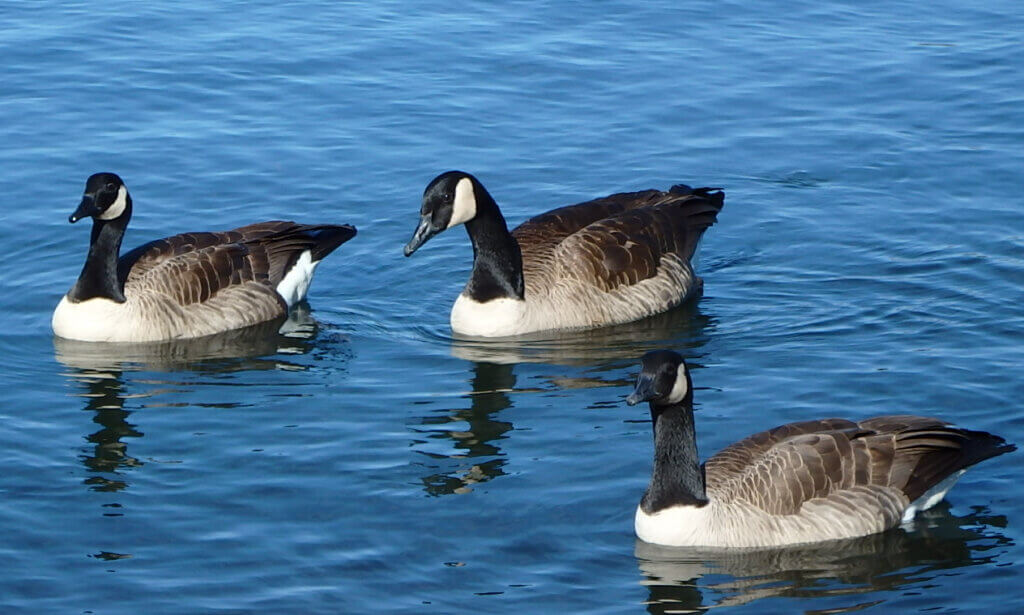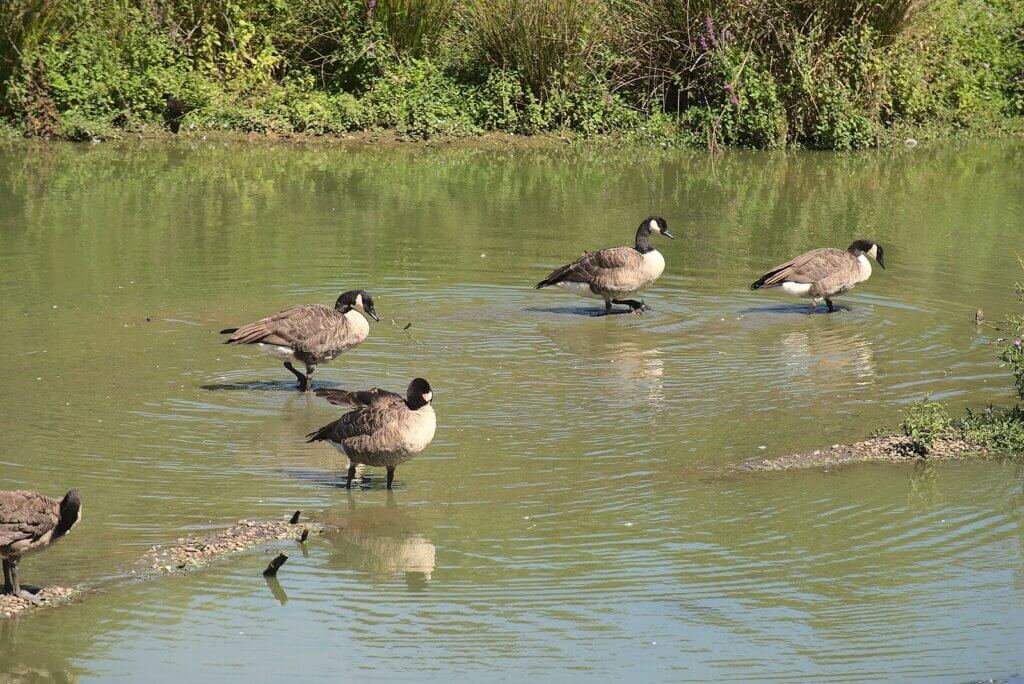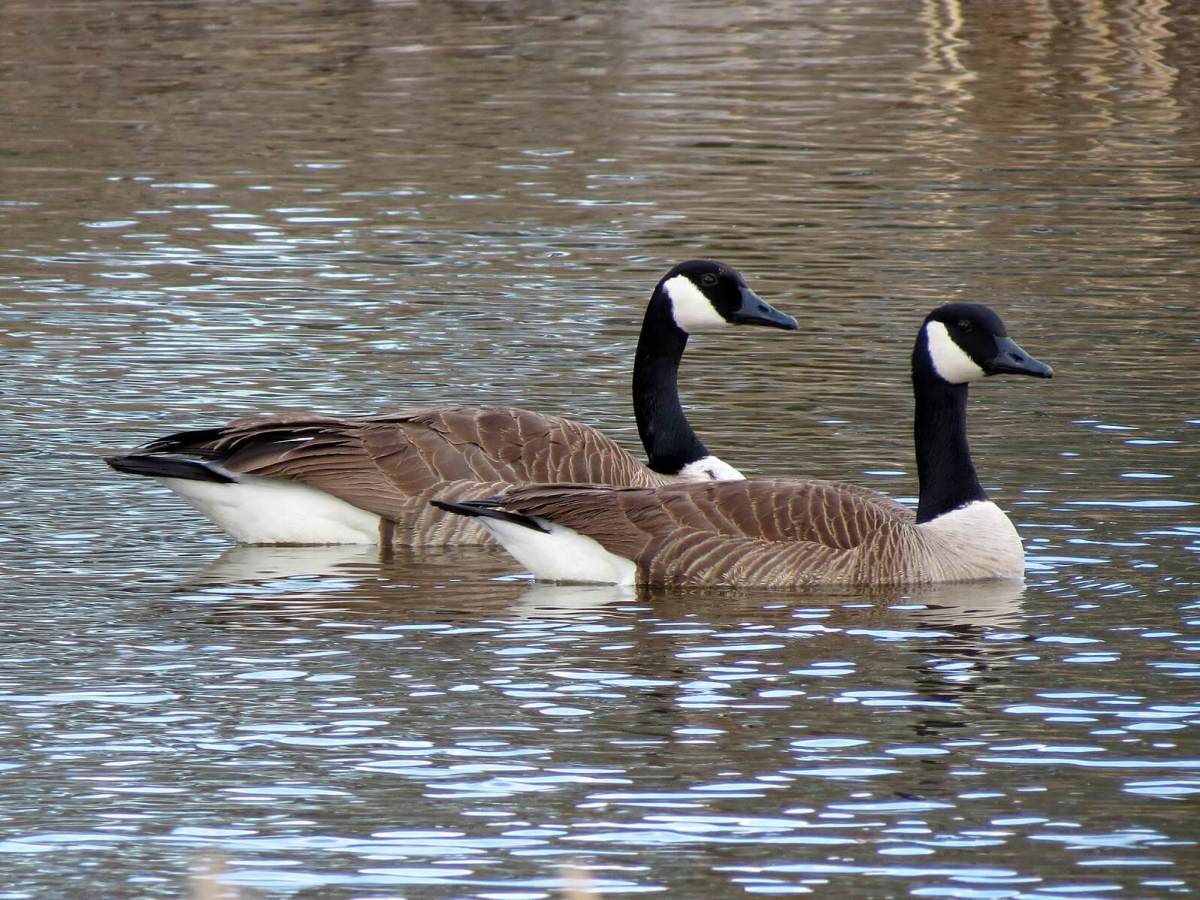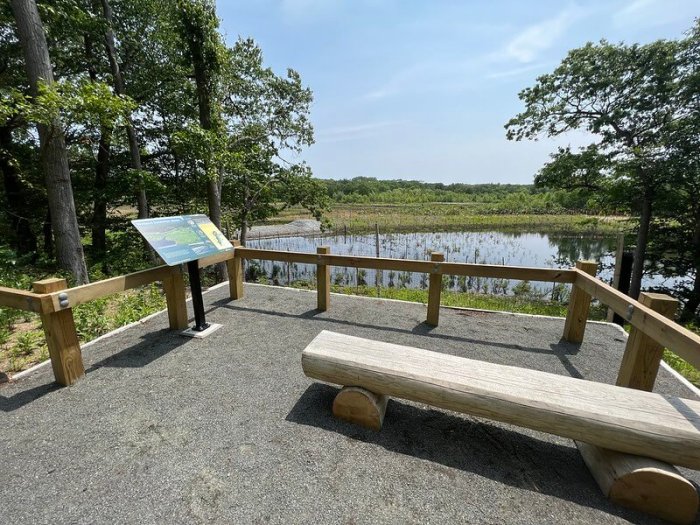Love them or find them a nuisance, Long Island is home to Canada Geese.
And as they continue to return from the brink of extinction in New York, opinions on how to control the population vastly differ.
Registered Nurse and Licensed Wildlife Rehabilitator, Gina Scandariato explains that while geese can be an easy scapegoat for anthropocentric problems, such as air traffic control or water quality issues, “they inhabit our Island and deserve understanding, compassion, and tolerance’.
Due to egg harvesting, hunting, and the destruction of wetland habitats, Canada geese nearly disappeared from New York in the early 1900s. Today, Canada Geese are a federally protected species. It is illegal to relocate or harm them without a permit.
Cruel, ineffective methods of dealing with Canada geese
But with permit in hand, the government or private companies are often hired to roundup and kill geese during molting season when they shed their flight feathers and are caring for their babies.
According to the National Goose Protection Coalition (NGPC), parents and offspring are separated and desperately call out for each other. Panicked birds are then gassed to death or brought to a slaughterhouse.
A former Nuisance Wildlife Control Operator with NGPC and Long Island-based Duck Defenders notes that not only is killing geese cruel, but it is ineffective as new flocks quickly move into unoccupied territory.

Better ways of managing Canada geese
Duck Defenders has worked with decision makers to manage geese populations more effectively and with kindness, utilizing egg addling (a process whereby food grade corn oil is sprayed on the eggs, which stops the exchange of oxygen and carbon dioxide to the embryo, halting development), habitat modification (e.g., building riparian buffers or utilizing turf), and humane deterrents (e.g., grapeseed oil or predator decoys).
Scandariato says “another process is to remove the eggs from the nest early on so they cannot be incubated, these are then replaced with decoys made of ceramic or wood. Both ways seem much more humane and will control the population just as effectively.”
Geese are native to Long Island, and they are here to stay; however, there are many natural and effective geese repellents available including swan statues, pinwheels, citrus peels, tea tree oil and peppermint which all act as deterrents.
Above all, do not feed Canada geese!
According to Scandariato, waterfowl should also never be fed.
“They habituate to people quickly if they are being fed regularly. There’s also a health condition called angel wing which is the result of people feeding them bread, which is nutritionally insufficient. The bird ends up malnourished which ends in euthanasia.”
To report an injured goose, contact your local Wildlife Rehabilitator(s) which can be found on the DEC website.
And remember, showing respect towards geese is part of a broader commitment to caring for the environment and the diverse species that call it home.





























